Have you ever struggled to find the perfect plants for a shaded area in your garden? Well, fret no more! In this article, we will explore the best plant options that thrive in low light conditions, allowing you to transform that gloomy corner into a lush oasis. From vibrant ferns to delicate hostas, we’ve got you covered with a variety of options that will add beauty and greenery to even the darkest corners of your outdoor space. So, let’s discover the best plants for a shaded area and bring life back to those neglected spots!
Understanding Shaded Areas
Definition of a shaded area
A shaded area refers to a location in your garden or outdoor space where sunlight is limited or obstructed. This can be due to the presence of tall trees, buildings, or structures that cast shadows and block direct sunlight. Shaded areas often have less intense sunlight and may experience cooler temperatures compared to areas that receive full sun.
Factors to consider for shaded areas
When planning for shaded areas in your garden, it is essential to consider certain factors. The amount of shade a specific area receives can vary throughout the day, so it’s important to observe and understand the patterns of shade and sunlight in your space. Additionally, the type of shade, whether it be partial shade or full shade, will determine the types of plants that will thrive in that environment. Assessing the soil moisture levels, drainage, and humidity in the shaded area is also crucial in determining suitable plants for that space.
Importance of selecting suitable plants
Selecting the right plants for shaded areas is vital to ensure their successful growth and overall health. Plants that are not well-suited for shade may struggle to grow, become weak, or fail to produce vibrant blooms or foliage. By choosing suitable plants, you can create a visually appealing garden with thriving greenery and colorful blooms in areas that lack direct sunlight.
Shade-Loving Plants
Overview of shade-loving plants
Shade-loving plants, as the name suggests, are species that have adapted to growing in shaded environments. These plants have evolved to cope with lower light levels and often display unique characteristics that enable them to thrive in these conditions. From elegant ferns to delicate flowers, shade-loving plants can add beauty and interest to any shaded area.
Benefits of choosing shade-loving plants
Opting for shade-loving plants offers several benefits. These plants typically require less sunlight than their sun-loving counterparts, making them ideal for areas that receive limited direct sunlight. Shade-loving plants can brighten up those shady corners of your garden while adding texture, depth, and a touch of tranquility. Additionally, many shade-loving plants are known for being low-maintenance, making them perfect for gardeners seeking hassle-free options.
Examples of shade-loving plants
There is a wide variety of shade-loving plants to choose from, each with its own unique characteristics and appeal. Some popular options include hostas, which are renowned for their striking foliage in various colors and textures. Shade-loving wildflowers such as bleeding hearts and astilbes can add vibrant pops of color to your garden. For those looking to create an enchanting woodland atmosphere, ferns and mosses are excellent choices, with their delicate fronds and lush greenery.
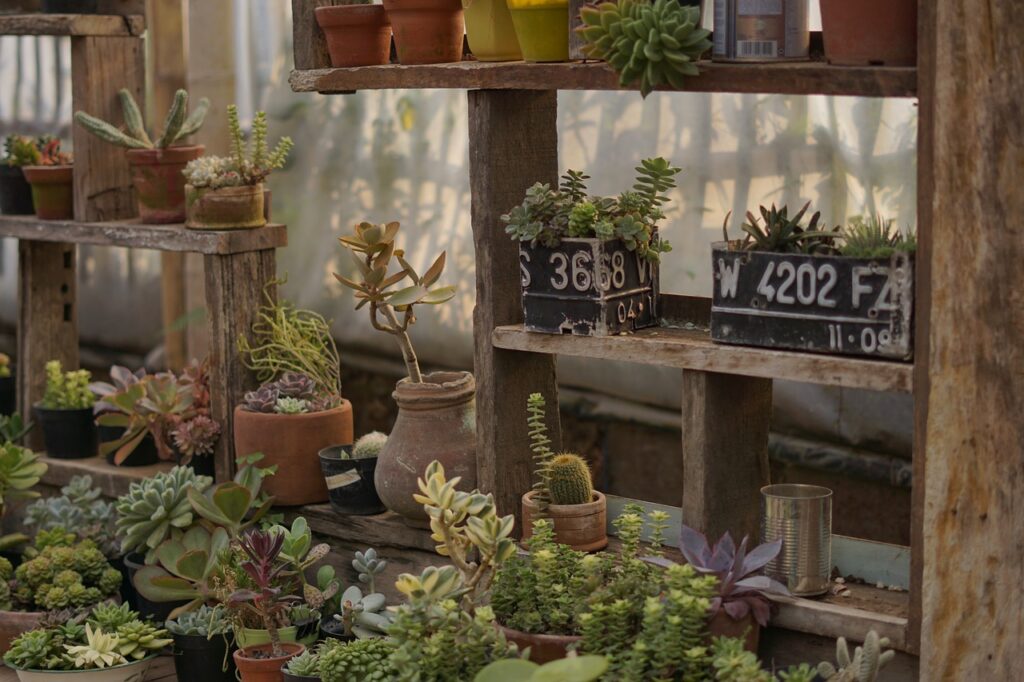
Flowering Plants
Colorful blooms in shaded areas
Flowering plants have long been associated with full sun, but there are many spectacular options available for shaded areas as well. These plants can bring bursts of color, fragrance, and beauty to even the darkest corners of your garden. By selecting the right flowering plants, you can create a truly captivating and vibrant shaded garden.
Popular flowering plants for shade
When choosing flowering plants for shaded areas, some popular choices include impatiens and begonias. These annuals offer a wide range of colors and bloom consistently throughout the summer months. Another great option is the perennial astilbe, which produces stunning feathery plumes in shades of pink, white, or red. For a touch of elegance, consider adding some Japanese anemones or hellebores, known for their delicate and captivating blooms.
Considerations for selecting flowering plants
While selecting flowering plants for shaded areas, it’s vital to consider their specific light requirements. Some plants may tolerate partial shade but struggle to bloom in full shade, while others may thrive in deep shade. Additionally, pay attention to the moisture levels of your shaded area and choose plants that can withstand potentially damp conditions. By ensuring you select the right plants, you can enjoy a breathtaking display of colorful blooms throughout the year.
Foliage Plants
Beautiful foliage for shaded areas
While flowers often steal the spotlight, foliage plants offer their own unique charm and can bring a sense of lushness and depth to shaded areas. With a wide range of textures, colors, and shapes, foliage plants can create an enchanting atmosphere in your garden even without blooming flowers.
Varieties of foliage plants
When it comes to foliage plants, there is an abundance of options to choose from. Hostas, with their intriguing leaf shapes and patterns, are a popular choice for shaded areas. Their wide range of colors, including vibrant greens, blues, and yellows, can add drama to any corner of your garden. Heucheras, also known as coral bells, offer stunning foliage in various shades, from deep burgundy to vibrant lime green. Other foliage plants such as caladiums and coleus provide a splash of color with their vivid variegated leaves.
Maintenance tips for foliage plants
To ensure the healthy growth of your foliage plants, it is essential to provide them with suitable care. Most foliage plants thrive in moist soil, so regular watering is crucial, especially during dry periods. Applying a layer of organic mulch around the base of the plants can help retain moisture and suppress weed growth. Additionally, monitor your plants for any signs of pests or diseases and take appropriate measures to prevent or control infestations. With proper care, your foliage plants will reward you with lush and vibrant leaves, enhancing the beauty of your shaded garden.
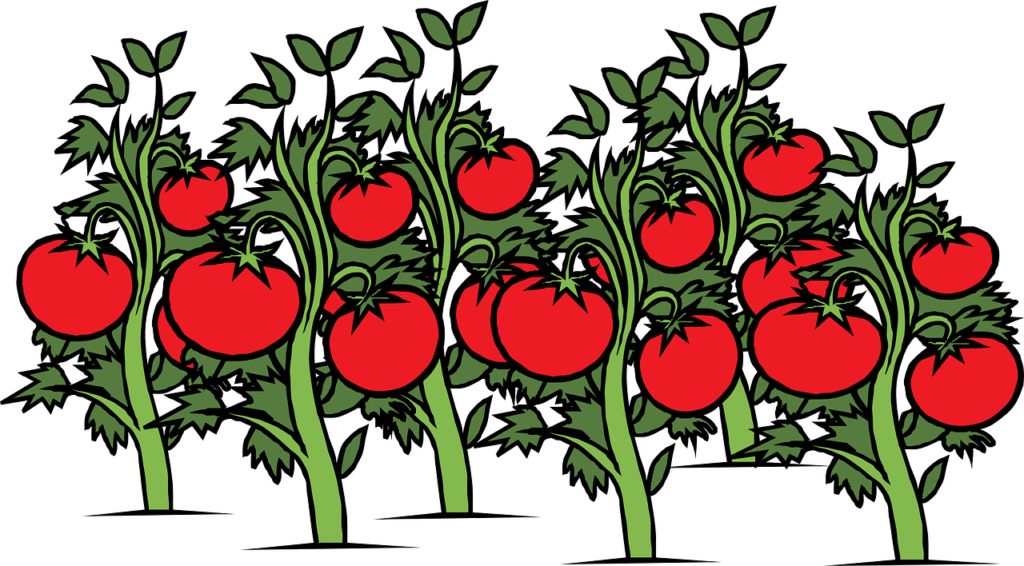
Groundcover Plants
Benefits of groundcover plants in shaded areas
Groundcover plants offer numerous benefits in shaded areas. They can help to suppress weed growth, minimize soil erosion, and create a cohesive and visually pleasing landscape. These low-growing plants also help conserve soil moisture and provide a natural living carpet that adds depth and texture to shaded areas.
Examples of groundcover plants for shade
Several groundcover plants thrive in shaded areas, providing a lush and dense carpet-like effect. Ajuga, or bugleweed, is a popular choice with its striking foliage and vibrant blue or purple flowers. Sweet Woodruff, with its delicate white flowers and sweet scent, is another attractive option for shaded areas. For areas with dry shade, consider planting barrenwort or epimedium, which offers both handsome foliage and delicate blooms.
Considerations for choosing groundcover plants
When selecting groundcover plants for shade, ensure they can tolerate the specific light conditions of your shaded area. Some groundcovers may prefer partial shade, while others can thrive in full shade. Consider the soil type, moisture levels, and drainage characteristics of your shaded area and choose plants that can adapt to those conditions. By carefully selecting the right groundcovers, you can create a unified and visually appealing carpet under your trees or in other shaded areas.
Climbing Plants
Utilizing vertical space in shaded areas
Shaded areas often have vertical surfaces, such as walls, fences, or trellises, that can be utilized to add interest and beauty to the space. Climbing plants are an excellent choice for these areas, as they can add height, texture, and color to your shaded garden, effectively maximizing the available space.
Popular climbing plants for shade
When it comes to climbing plants for shade, several options are sure to impress. The classic English ivy is a versatile and hardy climber that can thrive in a variety of shaded conditions. The climbing hydrangea, with its magnificent blooms and ability to cling to walls, is another popular choice for shaded areas. For those seeking a bit of fragrance, consider planting a beautiful climbing rose or a honeysuckle variety that thrives in shade.
Support structures for climbing plants
To ensure the successful growth of climbing plants in shaded areas, it is important to provide them with suitable support structures. Depending on the type of climber, options can include trellises, arbors, or pergolas. Ensure that the support structure is sturdy and securely installed to withstand the weight of the plants. Regular pruning and training may also be necessary to maintain the desired growth and shape of the climbing plants.
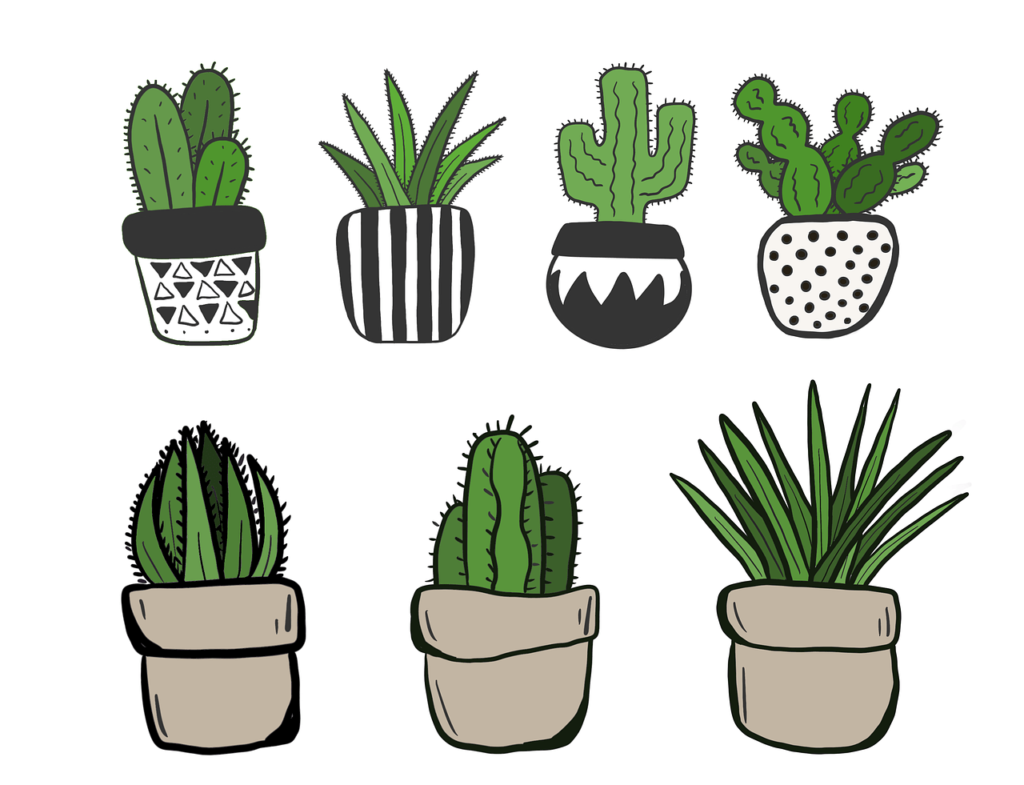
Ferns and Mosses
Thriving in moist and shaded environments
Ferns and mosses are the epitome of natural beauty and can thrive in moist, shaded environments. These plants create a serene and tranquil atmosphere, evoking a sense of calm and enchantment in any shaded garden area.
Different types of ferns and mosses
There are numerous varieties of ferns and mosses to choose from, each with its own unique charm and growth habit. From delicate maidenhair ferns to the majestic tree ferns, these plants come in various sizes, shapes, and textures. Mosses, on the other hand, can blanket the ground in a lush, vibrant green carpet, adding a touch of serenity and tranquility.
Growing requirements for ferns and mosses
When growing ferns and mosses in shaded areas, it is important to provide them with the specific growing requirements they need. Most ferns thrive in well-draining soil that is rich in organic matter and kept consistently moist. Mosses prefer damp, shady environments, so ensuring adequate moisture levels is crucial for their growth. Regular misting or watering may be necessary to maintain the desired moisture levels. With their graceful fronds and lush greenery, ferns and mosses can enhance the beauty of any shaded garden.
Edible Plants
Growing food in shaded areas
While many edible plants prefer full sun, there are some that can successfully grow in shaded areas. By carefully selecting shade-tolerant herbs and vegetables, you can still enjoy the pleasure of cultivating your own food in your shaded garden.
Shade-tolerant herbs and vegetables
Some herbs and vegetables are well-suited for shaded environments and can thrive with limited sunlight. Herbs such as mint, parsley, and chives can tolerate partial shade and still provide a fresh and flavorful addition to your culinary creations. Leafy greens like spinach, lettuce, and Swiss chard can also grow well in shaded areas. Additionally, root vegetables such as radishes and beets can be successfully cultivated in partially shaded spaces.
Tips for successful cultivation
When growing edible plants in shaded areas, it is important to select varieties that are specifically labeled as shade-tolerant or suitable for partial shade. These plants have adapted to lower light levels and will perform better in shaded environments compared to their sun-loving counterparts. Adequate watering and proper soil nutrition are crucial for their growth, so monitor the moisture levels and ensure they receive sufficient nutrients. With proper care and attention, you can enjoy a bountiful harvest of fresh herbs and vegetables from your shaded garden.
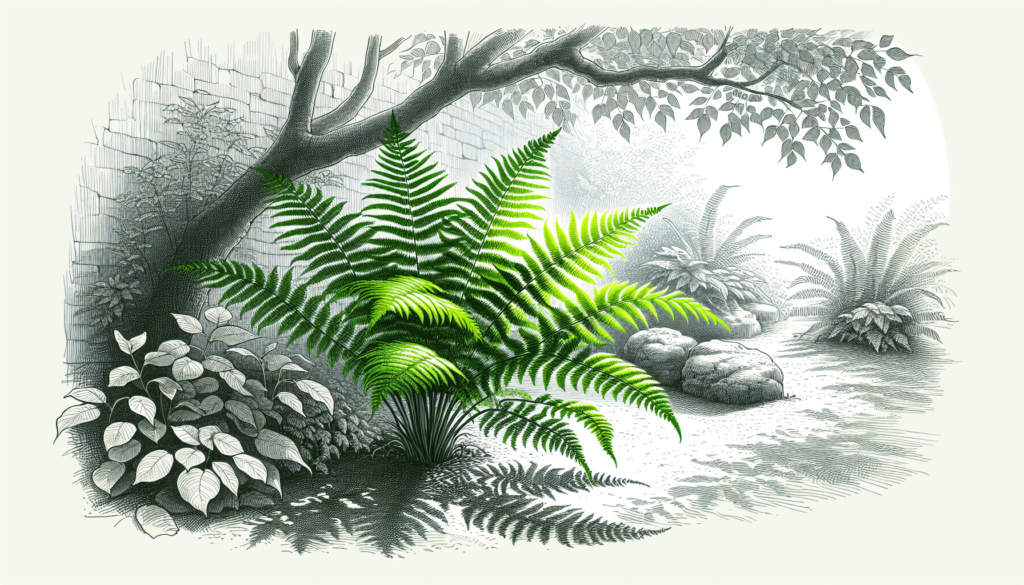
Shade-Tolerant Trees
Adding height and shade in shaded areas
Trees play a crucial role in any garden, providing height, structure, and shade. While some trees thrive in full sun, there are several shade-tolerant tree species that can flourish in shaded areas, adding elegance and beauty to your garden landscape.
Recommended tree species for shade
When selecting shade-tolerant trees, consider species that naturally grow in forested areas or understory settings. Japanese maple trees are a popular choice for shaded gardens due to their stunning foliage and unique growth habit. Dogwood trees, with their beautiful flowers and vibrant fall foliage, are also an excellent option for shaded areas. Other shade-tolerant trees include redbuds, birches, and certain varieties of oak trees.
Maintenance considerations for shade trees
Shade trees require specific care to thrive in shaded areas. Regular pruning and maintenance are necessary to ensure proper airflow, control the tree’s size, and promote healthy growth. Pay attention to the tree’s water requirements, adjusting the watering schedule as needed to prevent overwatering or drought stress. Additionally, regular inspection for pests or diseases is crucial to address any issues promptly and maintain the tree’s overall health and vitality.
Container Gardening in Shade
Growing plants in containers for shaded areas
Container gardening provides a wonderful opportunity to bring greenery and color to shaded areas, even if you have limited outdoor space. By selecting the right plants and containers, you can create a vibrant and thriving garden on your balcony, patio, or any other shaded area.
Ideal container plants for shade
Several plants thrive in containers and can adapt well to shaded conditions. For flowering options, consider begonias, impatiens, or fuchsias, which provide a riot of color throughout the season. Foliage plants such as ferns, snake plants, and peace lilies can add texture and visual interest to your container garden. Additionally, herbs like mint or cilantro can be successfully grown in containers in partially shaded areas, adding both beauty and practical use.
Container selection and care
When choosing containers for shaded areas, opt for those that provide adequate drainage and are suitable for the size of the plant you intend to grow. Additionally, make sure the container material is suitable for the specific light and moisture conditions of your shaded area. Regular watering is crucial for container plants, as they may dry out more quickly in shaded environments due to reduced sunlight and evaporation. Fertilize your container plants according to their specific needs and monitor for any signs of pests or diseases. With proper care and attention, container gardening can be a delightful way to enjoy the beauty of plants in shaded areas.
In conclusion, shaded areas in your garden or outdoor space offer unique opportunities to showcase an array of plants that thrive in low-light conditions. By understanding the factors to consider, selecting suitable plants, and exploring various categories such as flowering plants, foliage plants, groundcovers, climbing plants, ferns and mosses, edible plants, shade-tolerant trees, and container gardening, you can transform even the darkest corners of your garden into beautiful and captivating spaces. So embrace the shade and create a lush, vibrant, and inviting atmosphere that will delight both you and your visitors for years to come.
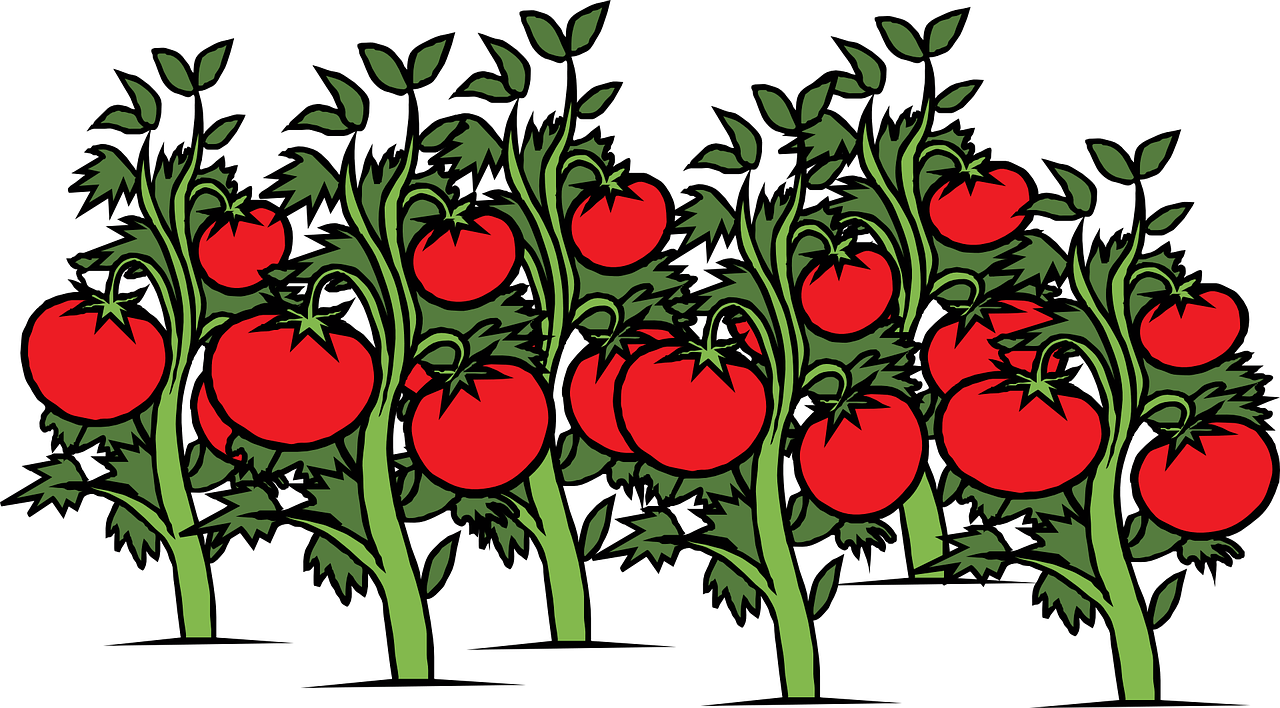
Comments are closed